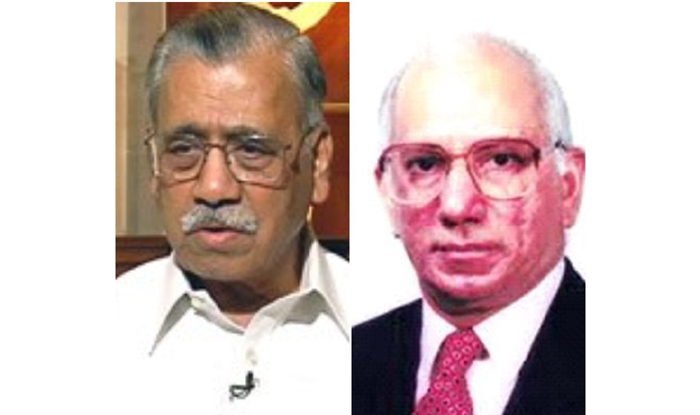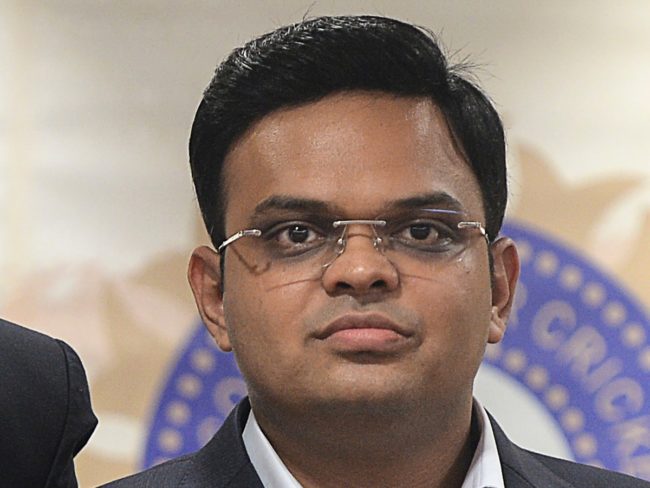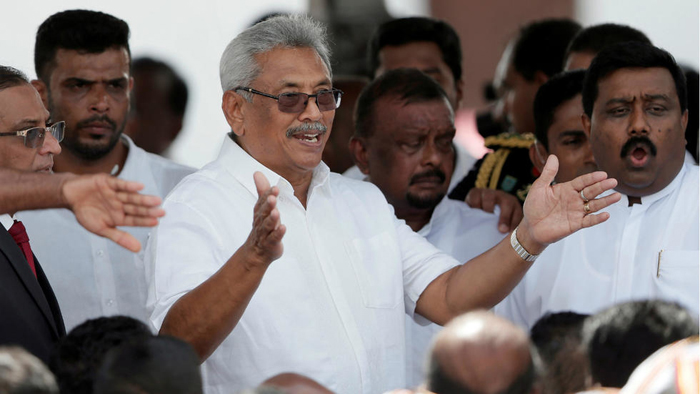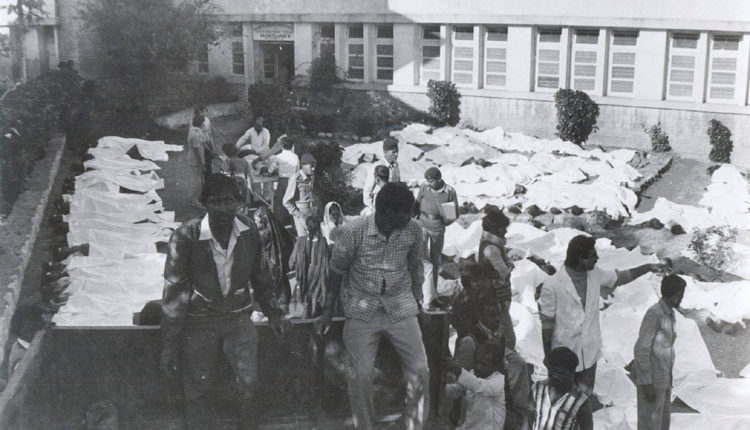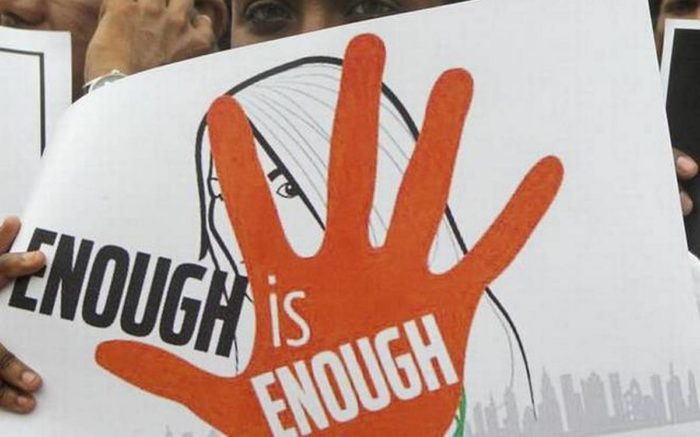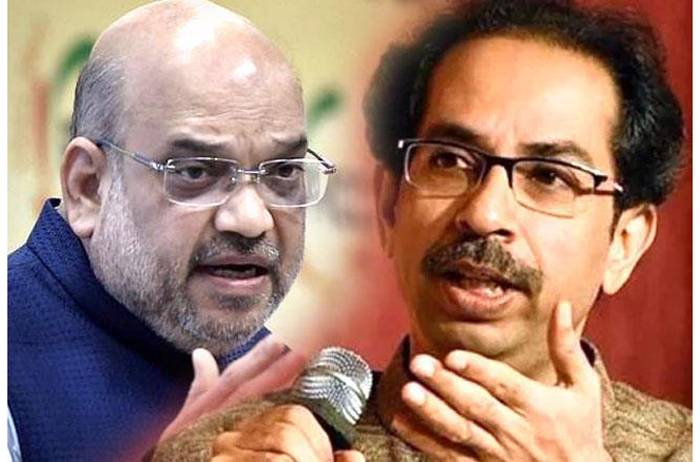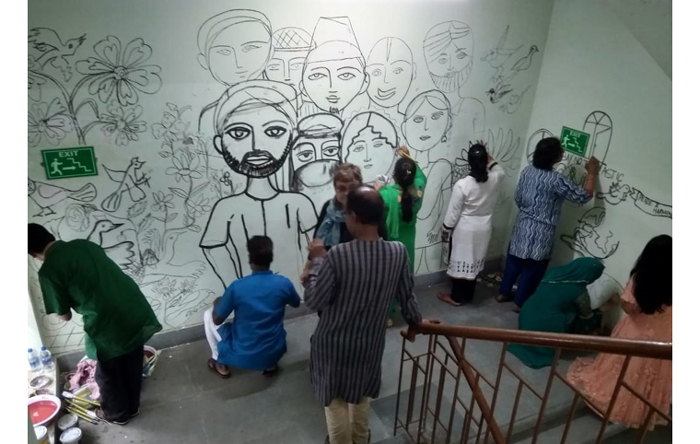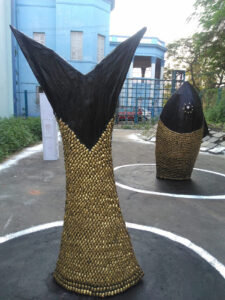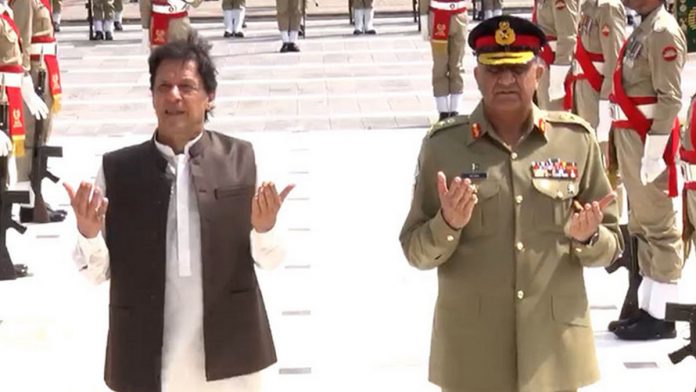After the Bhopal Gas Leak Disaster of December 2-3, 1984, it was the politicians, the bureaucracy and a significant section of the judiciary who only added to the miseries of the victims to further their own selfish interests.
Two former Chief Justices of India (CJIs) stand out in this respect. R S Pathak virtually persuaded the Indian establishment to accept a settlement for US Dollars 470 million in return for waiving the civil and criminal liabilities of the Union Carbide (the criminal cases were later restored by the Supreme Court). Soon thereafter, Pathak was made a judge of the International Court of Justice at The Hague with the backing of the US lobby.
The settlement was accepted by the Union Government (headed by Rajiv Gandhi), which had appropriated to itself through an Act of Parliament the right to represent the Bhopal gas victims in all legal matters. The settlement was for 3000 dead and 1,02,000 injured, though the Indian Council of Medical Research (ICMR) had presumed over 25,000 dead within three days of the MiC gas leak.
The protests by scores of NGOs from all over the country against the unjust settlement were ignored. A Supreme Court bench later accepted the survivors’ plea about the inadequacy of the compensation amount in view of the larger number of deaths and the injured and directed the Union Government to make good the shortfall if the need be. The number of the injured and dead found eligible for compensation turned out to be five times more than the number for which Rajiv Gandhi had accepted the compensation.
The protests by scores of NGOs from all over the country against the unjust settlement were ignored. A Supreme Court bench later accepted the survivors’ plea about the inadequacy of the compensation amount in view of the larger number of deaths and the injured and directed the Union Government to make good the shortfall if the need be. The number of the injured and dead found eligible for compensation turned out to be five times more than the number for which Rajiv Gandhi had accepted the compensation.
Another CJI to use the disaster for his own selfish ends was A M Ahmadi. A Supreme Court bench had directed the Union Carbide to build 500-bed hospital in Bhopal with the modern facilities for treatment of the Bhopal gas survivors. The Indian officials of the UCC approached the Bhopal sessions court to release the company’s (seized) shares to enable it to build the hospital but the court refused and asked the company to finance the construction of the hospital from its own coffers. The court had reasoned that the shares would continue to be frozen to ensure appearance of the accused in the court.
Ahmadi, heading a Supreme Court bench, first released the shares so that the Union Carbide Corporation (UCC) could raise money by selling these and did not have to spend from its own coffers for construction of the hospital. Next, he diluted the charges against the Indian officials of the Union Carbide (Union Carbide chairman Anderson was already out of the bounds) so that they could be punished with the maximum of two years’ imprisonment; earlier the IPC sections had provided for life imprisonment or sentence up to ten years in jail.
The Bhopal Gas Peedit Mahila Udyog Sangathan (BGPMUS), the voluntary organisation working for the gas victims, had to petition the Supreme Court repeatedly to get the hospital treat the gas victims free of cost, as envisaged in the original apex court directive. In fact, it was on a petition of the BGPMUS that the Supreme Court directive for the establishment of the hospital was issued. Ahmadi was accused of misappropriating over Rs 100 crore of the hospital funds by the NGOs working among the gas victims.
The UCC had formed Bhopal Hospital Trust (BHT) to build the hospital with Sir Ian Percival, a London attorney, as its chairman. Sir Ian died in April 1998 and left behind financial accounts of the BHT showing that he had spent US $2.5 million on travel, refurbishing his London office and such other expenses. In August of that year, the BHT was Indianised to form the Bhopal Memorial Hospital Trust (BMHT). Justice A M Ahmadi, who had retired from the Supreme Court by that time, was appointed the chairperson of the BMHT. Later it was converted into Bhopal Memorial Hospital and Research Centre (BMHRC).
Though essentially established to cater to the requirements of the survivors of the gas leak disaster, the hospital had, from the beginning, been showing a cavalier attitude towards the gas victims, asking them to pay up heavy sums or turning them away. Its whole attention was on non-gas victims who could pay.
A shocking and disgraceful act that came to light in 2008 was the illegal manner in which secret drug trials were conducted on gas-victims at BMHRC during 2004-2008. After the matter become public, the authorities at BMHRC made every effort to shield the culprits. BGPMUS and Bhopal Gas Peedith Sangharsh Sahayog Samiti (BGPSSS) held detailed inquiry into this unsavoury incident of using gas-victims as guinea pigs and demanded stringent action against the guilty.
The Bhopal Gas Peedit Mahila Udyog Sangathan (BGPMUS), the voluntary organisation working for the gas victims, had to petition the Supreme Court repeatedly to get the hospital treat the gas victims free of cost, as envisaged in the original apex court directive. In fact, it was on a petition of the BGPMUS that the Supreme Court directive for the establishment of the hospital was issued. Ahmadi was accused of misappropriating over Rs 100 crore of the hospital funds by the NGOs working among the gas victims.
A shocking and disgraceful act that came to light in 2008 was the illegal manner in which secret drug trials were conducted on gas-victims at BMHRC during 2004-2008. After the matter become public, the authorities at BMHRC made every effort to shield the culprits. BGPMUS and Bhopal Gas Peedith Sangharsh Sahayog Samiti (BGPSSS) held detailed inquiry into this unsavoury incident of using gas-victims as guinea pigs and demanded stringent action against the guilty.
For pursuing the matter, BGPMUS and BGPSSS became interveners in Writ Petition (C) No.33 of 2012, which was filed by Swasthya Adhikar Manch, Indore, to oppose unregulated drug trials in the country, especially by multinational drug companies.
Views expressed here, are author’s personal opinion.


